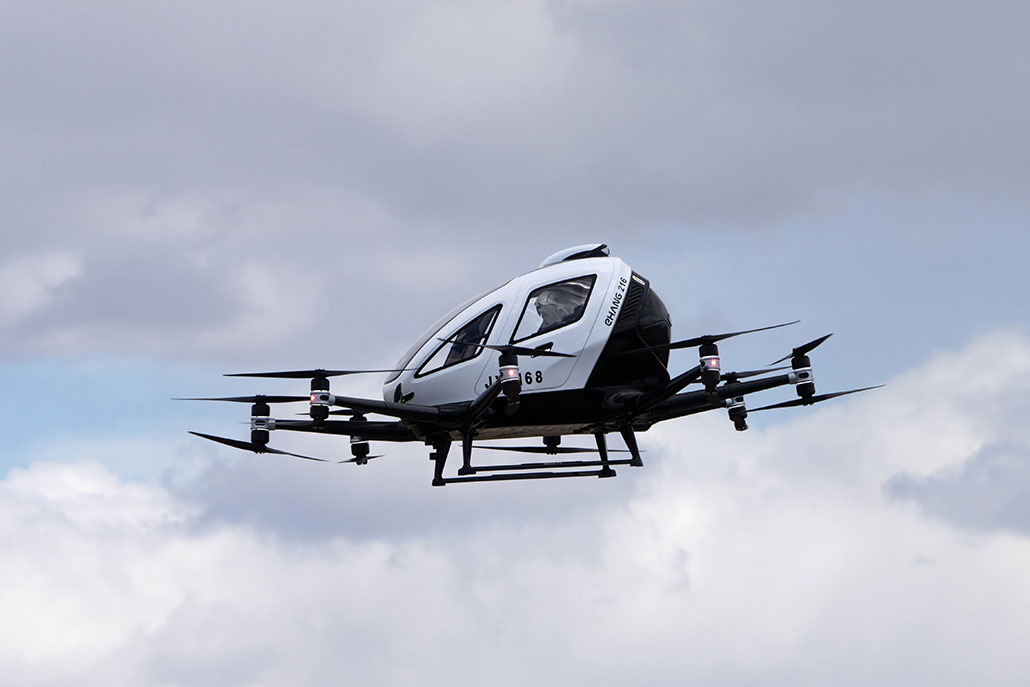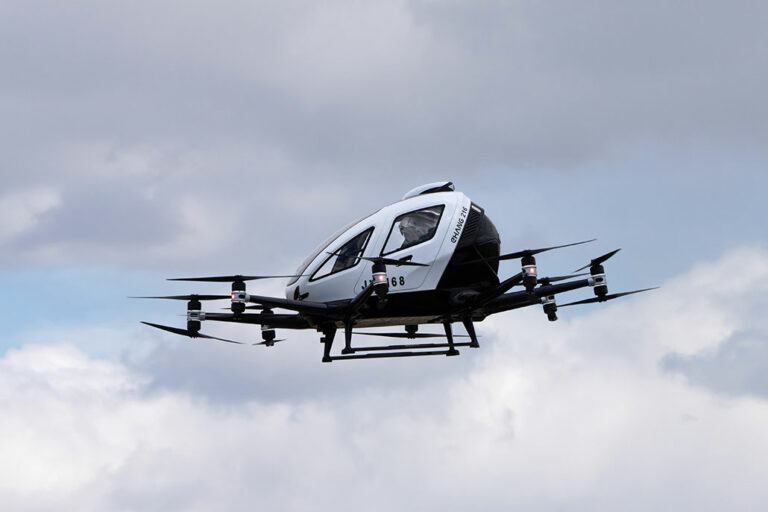Imagine a world where you can beat rush-hour traffic by simply lifting off the ground and zooming over other drivers. This vision of the future is being brought to life by aerospace engineers and companies working on flying cars. While we’ve seen flying cars in science fiction movies and TV shows like Disney’s Iwájú, Harry Potter, and Cloudy with a Chance of Meatballs, the reality is more complex.
The Technology Behind Flying Cars
The key to making flying cars work is a combination of helicopter and airplane technology. According to Xiaosong Du, an aerospace engineer at Missouri University of Science and Technology, flying cars need to take off vertically like helicopters, rather than requiring long runways like airplanes. This is achieved through rotating blades that generate lift, bringing the vehicle off the ground. Once airborne, the wings can rotate out from the body, allowing for flight with less air resistance than a helicopter experiences.

Companies like Joby Aviation and Airbus are already testing eVTOL prototypes. Joby’s electric aircraft can fly four passengers about 240 kilometers (150 miles), while Airbus’ Vahana has completed over 100 test flights and can fly up to four times faster than regular cars.
Challenges and Limitations
Despite the progress being made, there are several challenges that need to be overcome before flying cars become a reality. One of the biggest barriers is expense – personal flying cars are likely to be very costly, potentially around $300,000 each. Repair costs would also be much higher than for regular cars. Pat Anderson, former director of the Eagle Flight Research Center at Embry-Riddle Aeronautical University, suggests that a more practical solution might be a rideshare service for flying cars, similar to Uber or Lyft.
Safety and Regulations
Safety is another major concern. The U.S. Federal Aviation Administration will need to create regulations for flying cars, including rules of the sky to prevent accidents. Reliability and safety are currently the top priorities for making flying cars a reality. Researchers are also working to improve battery efficiency, as current rechargeable lithium-ion batteries can only support flying cars for 20 to 30 minutes.
The Future of Flying Cars
While there are still many challenges to overcome, the potential benefits of flying cars are significant. By unlocking the third dimension of transportation, flying cars could help alleviate congestion on the ground, especially as the world’s population continues to grow. As Anderson says, “I think that, eventually, we will see a day where we use the third dimension to help us get around. Otherwise, [Earth is] going to be a pretty congested place.”



